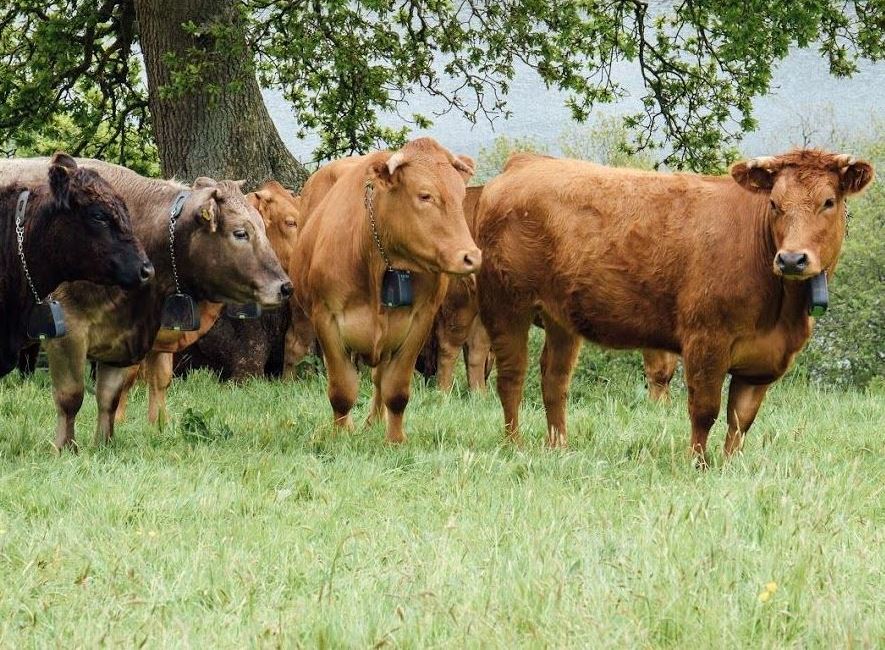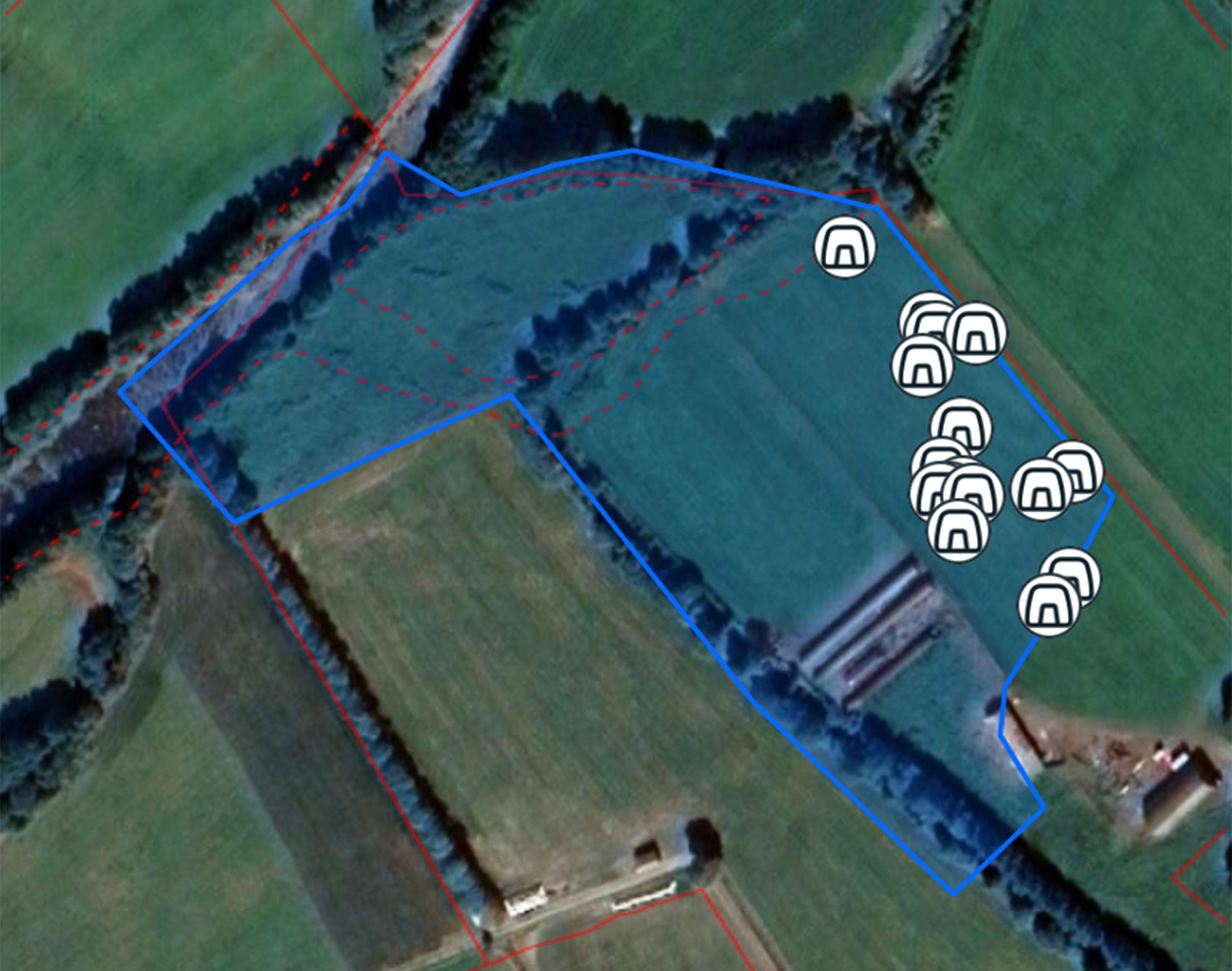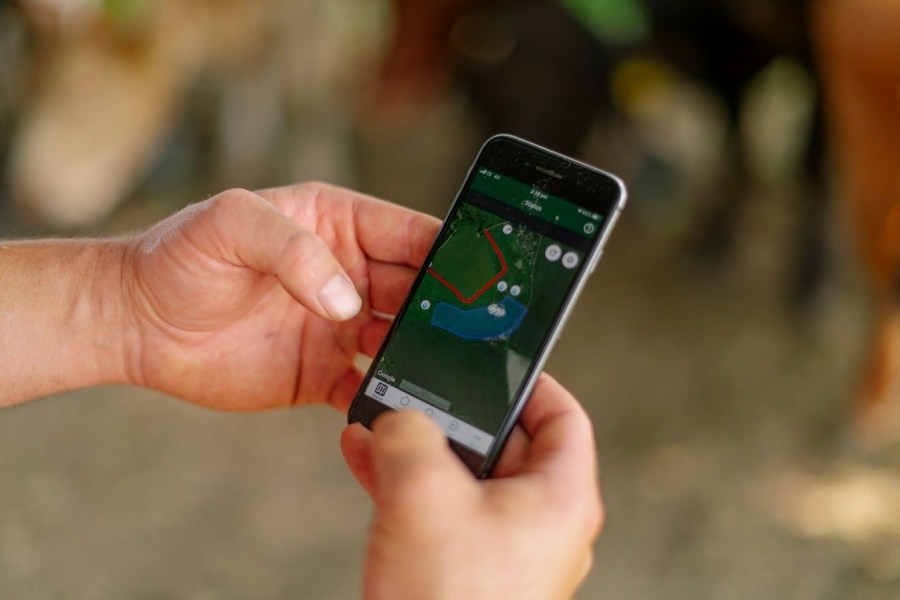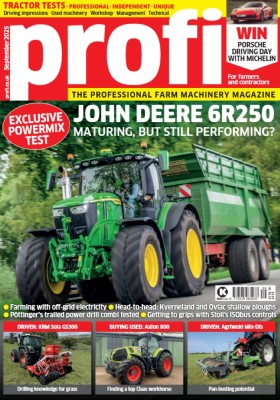The benefits of managed grazing of dairy and beef cattle have been well documented. The downside is the cost of electric fences and the time it takes to shift them. Norwegian firm Nofence Grazing Technology has swapped a physical fence for a virtual boundary that can be monitored and moved with a smartphone app.
Tested for more than two years on UK farms, the 1.4kg cattle collar uses a combination of GPS, mobile data network, audio signals and solar power. A three-stage audio warning sounds when an animal crosses the pre-set boundary.
If the animal does not turn around when cued with the third stage of audio, it will receive an electric pulse equivalent to 18% of power from standard electric fencing. When a collar issues a pulse it immediately sends a pop-up notification to the farmer via the app with the animal’s location.

If it continues to move in the wrong direction, the animal receives a maximum of three pulses before it is classed as escaped. Again, the farmer is notified, and the location of the animal is tracked in real time. When the animal crosses back through the boundary to return to the herd, it does not receive a pulse.
Allowing cows to use their sense of hearing instead of sight has proven to be very effective, explains Synne Foss Budal, general manager for Nofence UK.

“Through observations of herd behaviour on more than 30,000 head of livestock logging more than 75 million grazing hours, a typical farm will have just one pulse per every 30 audio cues,” she says.
Future developments the company is working on include an optional automatic paddock movement timer based on key data such as pasture cover, crop growth rate, soil type, weather conditions, livestock age and weight.
Nofence is also exploring how animal activity data, such as grazing duration, resting and socialising can be used to improve animal health as early indicators of illness or serve as a heat detection tool.






